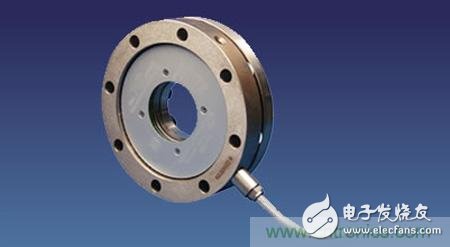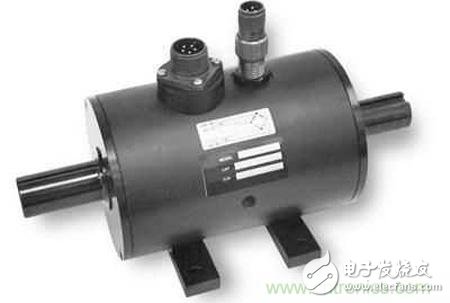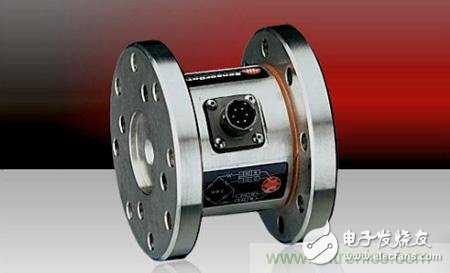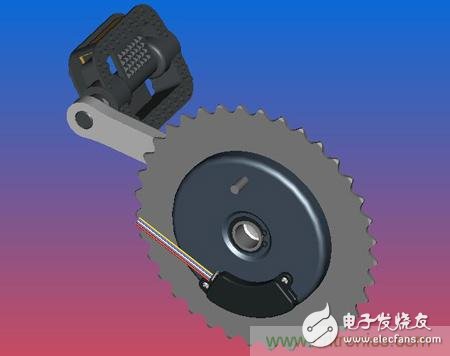When we use a robotic arm, the most useful specifications for achieving payload, speed and repeatability. Some of the other specs are basically just the details, making sure all the parameters match your application. The same happens with the specifications of the FT sensor. So how do you choose a sensor?
The next step is mainly introduced from five aspects:
one. load
Of course you need to know the main specifications... if the sensor can accept the load your application needs. In fact, if the application requires a 100N load it may be necessary to use a sensor. Low frequency torque limits your reading to certain thresholds and a high force sensor parameter for low force ranges.

two. strength
When the receiving capacity of the force sensor exceeds the high load force within its specified range, even if the rated range is ±150N, the sensor can force up to 5 times the rated force. This means that in the event of an impact, the sensor can still explain the exact amount of reading applied to it. Although the intensity also determines the sensor to determine the ability to read even if an impact or high load application occurs.

Some sensors have very complex methods of integration with robots. Controllers and power supplies are not always easy to use and install. This is a tricky issue. Our universal robot kits, such as kits, mechanical, electronic and software parts are included in a simple bundled operation sensor.

The noise level represents the minimum force that can be detected by the sensor. In other words, if you have a high noise level, the force cannot be detected below that level. So you may have to have a small noise level and be able to read the least. For example, if a sensor 5N has a noise level, it will not be able to detect a force that is lower than this threshold.
A sensor that is immune to external noise will have a higher noise level, for example, if it is a power source. Sensor noise is immune to the system that can still pick up noise to interfere with noise or use a power source.

Fives. Lag
Hysteresis is a system problem that not only has a strong dependence on current input and output values, but also has an impact on its past input history values. In other words, going back to the neutral position, it is a force applied after the ability of a system. If the system cannot return to the neutral position, the system has hysteresis. In the case of an automated process, hysteresis is a common problem that self-calibration cannot be done between each other. Be sure to know the exact nominal lag if this variable can confuse the value of the reading in your app. Passing the above five major purchase rules will make you make the right decision.
CBN inserts is especially for sharpening and rough grinding of tungsten, tungsten and molybdenum and other high speed steels,
and super-finishing of difficult-to-machine heat-resistant steel workpieces and grinding of other steel quenching tools
CBN Insert,CBN Welding Tips,PCBN Insert Vendor,CBN Cutting Tools
OPT Cutting Tools Co., Ltd. , https://www.optdiamondtoolss.com